Spa day in the machine shop
Bonnie Hawk shares how the folks at the Center for Furniture Craftsmanship keep their shop clean and dust free.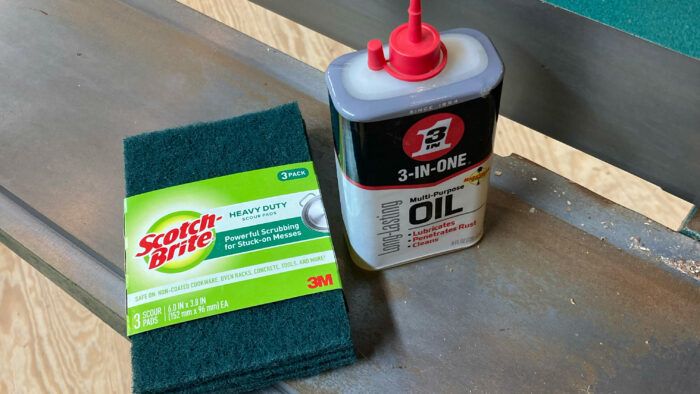
It was spa day for one of three woodshops at the Center for Furniture Craftsmanship (CFC) in Rockport, Maine. Facilities staff members Matt, Rob, and Glenn were busily preparing the shop for the next round of student use, polishing tables and changing jointer blades. They kindly allowed me to pepper them with questions about best practices for shop maintenance. Much to my dismay, the conversation always came back to cleanliness. “A clean shop is a happy shop!” said Matt. “A safe shop” said Glenn. “An efficient shop” added Rob. While not a comprehensive list of machine maintenance, here are some tips and tricks for essential shop cleanliness from the pros.
Polishing your cast-iron tables
The cast-iron surfaces of your machines, like jointer beds and bandsaw tables, are susceptible to rust and can really slow you down when they’re not polished. Matt offered the tried-and-true CFC formula for polishing these surfaces.
Step 1: Oil and elbow grease. Use the oil of your choice (WD-40, or 3-in-One), and a green Scotch-Brite scrubbie to de-rust the table. You’ll be amazed how sweat and summer humidity can put rust on your cast irons seemingly overnight. Scrub hard. If you’re really in a tough spot, you can try a scrub pad on an orbital sander, but typically this can be done by hand. When you finish, you’ll be left with a black, oily mess on the table.
Step 2: Mineral spirits. Remove the black oily mess with mineral spirits and a rag. It may take several rags. The mineral spirits will need a moment to off-gas. You’ll want the surface to be completely clean and dry before moving on to step 3.
Step 3: Wax. Using a rag or nonabrasive scrub pad, apply the wax of your choice (paste wax, bowling alley wax). Wipe on the wax, and then wipe it off quickly. If you wait a full 15 minutes before wiping off the wax, you’ll need a professional buffer, so move quickly. You can rewax the table regularly if it remains clean and free of rust.
Clean your blades and bits
The tables are clean, but did you know that many blades, router bits, and jointer knives can all be cleaned for better performance? If you clean them regularly, you’ll extend the life of these cutting edges. The process is simple—just use a liquid blade cleaner (CFC uses CMT) and a toothbrush to scrub them clean. Rinse and let them dry fully before use.
Specific to jointer maintenance, Matt offered this tip: If you’re rotating jointer teeth to a fresh cutting edge, make sure you clean the whole tooth before rotating it. If there’s pitch or sap on the used side of the blade, it will still affect the cut. So remove the whole tooth and clean as described above, then rotate to the fresh edge. Another tip from the facilities folks: put Sharpie marks on blades to see where you’ve been. You can mark the used side of a jointer tooth, then clean carefully before reinstalling.
Wood storage
One of the biggest culprits of chaos in a woodworking shop is the thing we can’t resist—wood. As Rob says, “You don’t want wood storage to be an afterthought. If you don’t plan for it, wood will fill every nook and cranny.” Make a plan for storing your wood, and be realistic about what scraps you will use and which scraps are better off elsewhere. Are you really going to make that into a cutting board?
Dust collection
“What should we know about shop vacuums?” I asked. “They’re not self-cleaning!” Matt responded. Yes, vacuum bags need to be emptied, and it never hurts to vacuum out the inside of your vacuum. Large dust collectors should be emptied out well before the barrels overflow and send excess into the filters. You’ll also want to clean and occasionally change the filters on your dust collector. Compressed air is often ideal, but a good shake will help too.
Clamps
Nobody wants a clamp to seize up in the middle of glue-up, so take your clamps to the spa. If you typically use water-based glues, the glue should scrape right off with a little time and attention. Or if you want a preventive measure, a little blue tape on the rod can catch glue drips and keep your clamps shiny.
General machine cleaning and maintenance
Every machine has its own specific set of maintenance requirements, but here are a few general chores to keep in mind. You’ll want to open the doors and vacuum the dust out of your machines regularly, but always wait until blades have come to a complete stop. Occasionally check the belts for dry rot or other signs of weakness. Oil the gears and shafts, but keep WD-40 away from bearings. Check fences, miter tracks, and blades for square and straight. “Clean, clean, clean,” says Matt.
Final words of advice
“Don’t do yoga on the jointer beds.” —Matt
“I love cleaning.” —Rob’s coffee mug
“Life is maintenance.” —Glenn
—Bonnie Hawk
[taunton_article_tile id=”84500″]

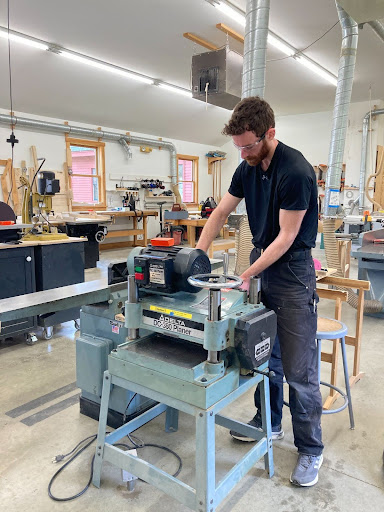
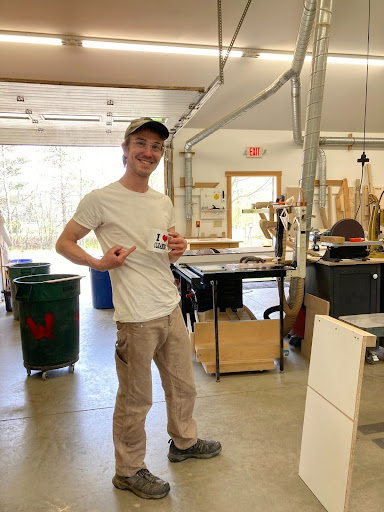

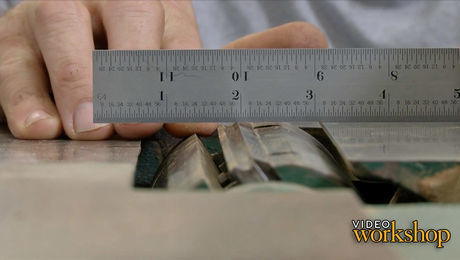


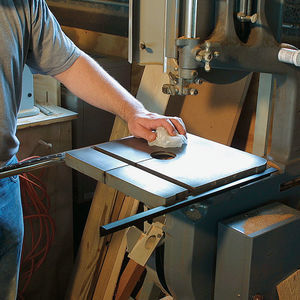







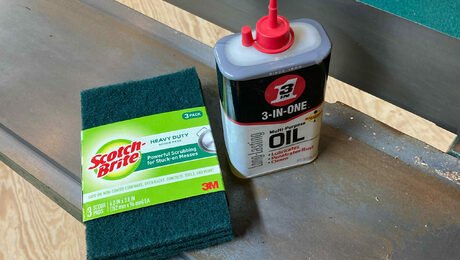
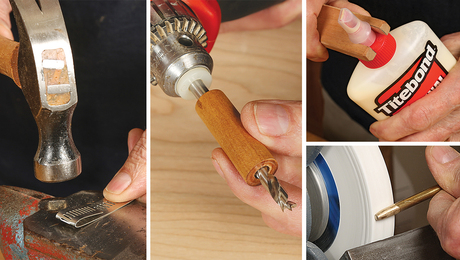








Log in or create an account to post a comment.
Sign up Log in